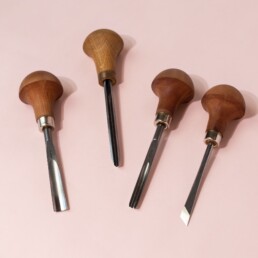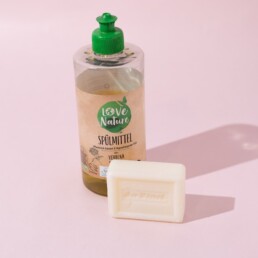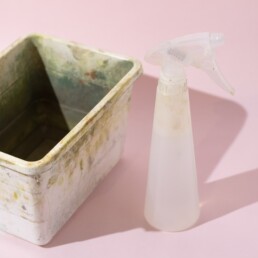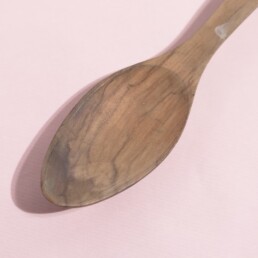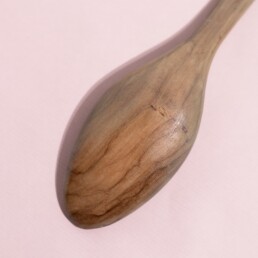Where to buy lino printing supplies?
If you’ve been following me closely over the past few weeks, downloaded my freebie tool list, watched my videos, then you probably now have an idea of what you need as a lino printing beginner (and advanced printer). But where do you get all these products? Since I communicate internationally and you follow me from all over the world, this is not an easy question to answer, as it is difficult for me to put myself in different locations around the world. In this article I also list a bunch of products I use.
Companies websites
Fortunately, some companies whose products I love have listed on their website where they are distributed worldwide. That’s always the first place to look. Alternatively, if your country is not listed, look up neighboring countries and their export rules.
My ink rollers are from Speedball Art
My carving tools are from Pfeil
My linoleum blocks are from Essdee UK
My relief inks are from Cranfield

Germany
There are some art material stores that I like very much, because I can buy everything bundled in one place there. For Germany this is gerstäcker or www.kreativ.de (the stores are identical). Boesner also sells the Pfeil tools and has some stores in Germany, but they don’t sell the inks I’d recommend, so Boesner is only second choice for me. The Dutch store polymetaal.nl is also recommendable (although the website is a bit strange).
Worldwide
In the UK, I like to buy from www.jacksonsart.com* or www.handprinted.co.uk – I also buy the metallic inks from Cranfield there, as I haven’t discovered them in Germany yet. You can also check out amazon – in Germany the selection there is rather poor but in other countries this could be a good source.
Specific links to the products I use:
Inks: Cranfield Caligo Safe Wash *
Cutting Tools: Pfeil *
Rollers: Speedball Soft Rubber Roller *
Brayer: Japanese Bamboo Baren *
Sharpening: Flexcut Slip Strop *
*) Affiliate link/advertising link – The links used are affiliate links. Through a purchase via the link I receive a small donation. But this has no effect on the price for you!

Some more shops that sell printmaking products (found on Cranfields website):
France: www.geant-beaux-arts.fr
Netherlands: www.gerstaecker.nl
Denmark: www.aartdevos.dk
Sweden: www.ibwahlstrom.se
USA: www.dickblick.com
If you can’t find what you’re looking for, do a direct Google search. Unfortunately, I can’t do that for you because the search results are in languages I don’t understand 🤭 Maybe you can find lino printers in your country who you can ask for advice? This will make things a little easier.
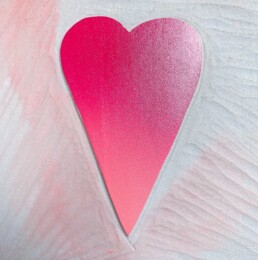
Summary
Of course, you don’t have to buy the same products that I present to you. These are always personal recommendations based on my experience, which is why I highlight them. If you can’t find them at all in your area, and you can’t import them inexpensively, see what’s available to you. Because as with any hobby, it will probably not remain with a one-time order of products and you don’t want to go through a difficult ordering process with long shipping times again and again.
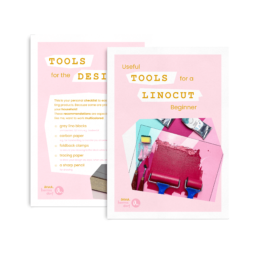
Linocut Tool Guide
Still unsure which tools and products you need for your lino printing starter kit? Just download my guide with product recommendations for linocut beginners – on 6 pages I list all the materials and tools I need to make my colorful prints – and you can do it too!
How to clean your relief inks
What is the best way to clean the printing block and roller after printing? Do I need special cleaners? Depending on which ink you use, cleaning is quite easy. Water-based inks are generally easy to clean, so they are particularly suitable for schools and other educational institutions. If you prefer to work with oil-based ink, you can choose between water-soluble and non-water-soluble.
Oil based and washable
The best of both worlds, as I like to say. Some companies have special inks on offer that are ideally suited to lino printing, print perfectly and deliver brilliant, silky glossy print results. Sounds too good to be true? My favorite since the beginning has been these: Caligo Safe Wash Relief Inks by Cranfield Colours. hey asked me to be their printmaking ambassador for a reason because I have been recommending their inks to everyone for 3 years now with 100% conviction.
Other companies also have oil based and water soluble inks available, for example: Speedball Art Professional Relief Ink, Charbonnel Aqua Wash and many more. Just Google “relief ink oil based washable/water soluble” yourself and you should quickly find what you are looking for. So far I have tested Charbonnel and Cranfield myself but I did not like the consistency of Charbonnel

Soap and water
So, how do you clean the oil-based water-soluble inks? With soap and water. I like to use washing-up liquid or curd soap, whereby curd soap cleans a little more thoroughly. Some rollers are not as easy to clean, then you can use a little baby oil or vegetable oil and dissolve the residue.
I clean all my devices at my work table. Put the block on an old cloth, then the back side is protected – because this should not get wet under any circumstances. Otherwise, the burlap incorporated on the back will cause the block to warp, and that can hardly be undone and is really a hindrance for future prints!
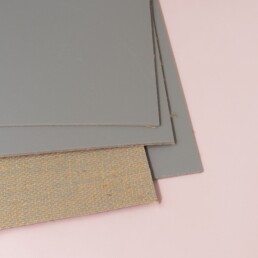
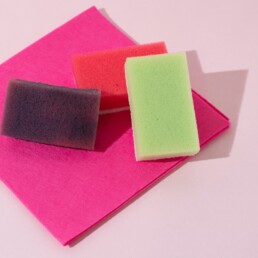
Now I get some fresh water in a (by now very dirty) small plastic box, dip a dishwashing sponge into it and wring it out again. Then I put a dash of dishwashing liquid on it, spread that on the sponge until it gets foamy. You can dissolve the ink on the lino block, mixing plate and roller beforehand with a little water from the spray bottle. Then you just rub the sponge over the block and all the ink comes off. Wipe it off and let it dry, done. It really is that simple. The blocks will no longer become completely clean, but that doesn’t matter, as long as the printing surface is!
Useful tools
Gloves are useful in any case – whether dishwashing glove, latex or nitrile you decide. I personally like nitrile because the gloves do not tear and fit comfortably tight. You should wear some to protect your nails from stains.
If you use oil-based inks that are not water-soluble, then vegetable oil is your best friend – you can dissolve the ink with it. Also useful is a stronger cleaner, such as Zest-It! This does not smell bad and gets off stains from rollers easily (unfortunately not available in Germany).
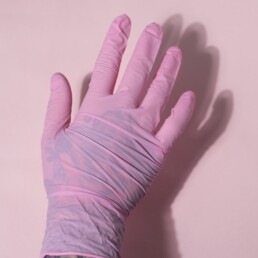
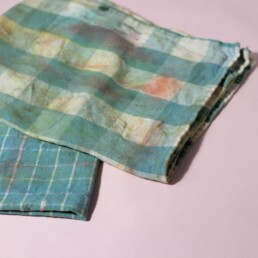

Summary
So, if you want to make it easy for yourself and achieve fantastic printing results, try one of the inks mentioned. I work exclusively with the Caligo Safe Wash Relief Inks from Cranfield, because they are easy to buy in Germany and many other countries.
More useful products can be found in this article: Linocut Printing Tools for Beginners

Linocut Tool Guide
Still unsure which tools and products you need for your lino printing starter kit? Just download my guide with product recommendations for linocut beginners – on 6 pages I list all the materials and tools I need to make my colorful prints – and you can do it too!
Do I need a printing press?
To make a long story short: It depends, as always. I worked without a press for the first 1.5 years and it worked well. But once you’ve had the pleasure of a press, you probably won’t want to miss it. But this is certain: you don’t need a press to get good printing results from your linoleum block! It just takes more effort.
The alternatives
But first I would like to show the alternatives to a printing press. Very useful are the so called barens. There are many different variations, the bamboo baren is the traditional tool in Japanese woodblock printing and also works very well for linoleum printing. It has a handle by which you can grip it and rub it across the paper in circular motions. I wouldn’t rely solely on that, though – I use it for a first pressing of the paper onto the linoleum block.
The other baren shown in the pictures is by Speedball Art and has a hard padded surface. This glides very nicely over the paper without damaging it, so it’s a useful tool I do recommend.

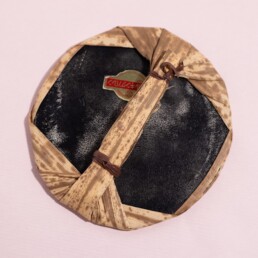

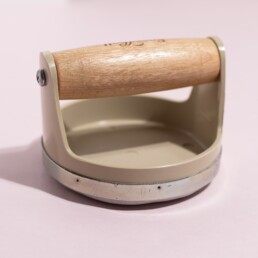
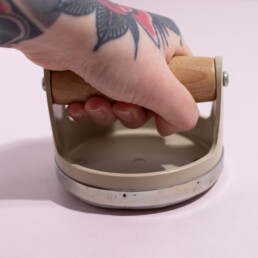
Wooden spoon
However, the wooden spoon is indispensable. You may be asking yourself whether a metal one is possible as well? Basically yes, but the metal can get quite warm, depending on how long and consistently you rub the paper! My wooden spoon was once part of a salad servers, you can also use those for cooking as long as the surface isn’t rough, cause can damage the paper.
You rub the spoon in circular movements over the ares of the design on your block, means you spare out the background, that you carved away. Therefore, the paper must be placed ON the block – and not, as is often done when stamping, block on paper.
Over time, the areas of the spoon that you rub over the paper will become polished and shiny but there are no disadvantages to this.
Another option are “pinch rollers” – these look very similar to the ink rollers and can also be used for this purpose. They are not my personal preference, cause you can’t build up the necessary pressure with these alone. I also find these less handy and user-friendly in comparison to the barens.
The hand printing press
Now let’s move on to the printing press. There are many different models in many different price ranges available. I limit this blogpost to the hand printing press that I bought in 2020 from Jan, known as Woodzilla Press. It cost 300 euros plus shipping from the Netherlands, and I was able to choose the color from a RAL color chart. It has the size A3, means an A3 paper can be printed with it wonderfully, also everything smaller A3. It was delivered with a felt mat, which distributes the pressure evenly over the entire surface.
Anyone who prints a lot and enjoys printing should consider making this investment, I have never regretted it. My first print with it was a revelation! Because the print result was so evenly and comparatively easily produced that I could hardly believe it.
The fact is that printing by hand (handburnishing) is wonderful, but also requires more patience and strength. You stand in a slightly stooped position for several minutes while you’re printing by hand only! At least, that’s how I always did it. It really goes on your back and causes pain! A high working table can help, but probably not everyone has this at home.
Click here to find out about the Etsy Shop of Jan aka Woodzilla.
If you are from the US, head over to Speedball Art as they sell his presses across the USA und Canada!

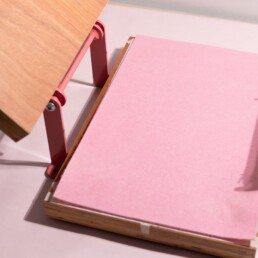

Summary
So my advice to aspiring lino printers is to learn to love the hobby before you buy a press. And as soon as you are ready and can afford it, do it! You won’t regret.
What else you will need as a lino printing beginner, you will learn in this article: Linocut printing tools for beginners

Linocut Tool Guide
Still unsure which tools and products you need for your lino printing starter kit? Just download my guide with product recommendations for linocut beginners – on 6 pages I list all the materials and tools I need to make my colorful prints – and you can do it too!

